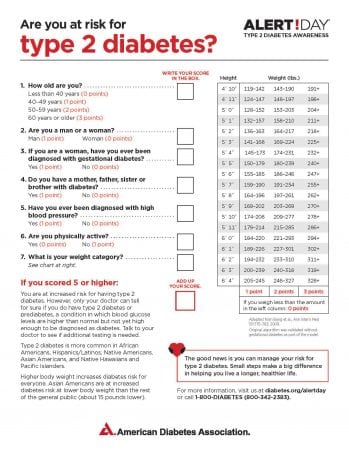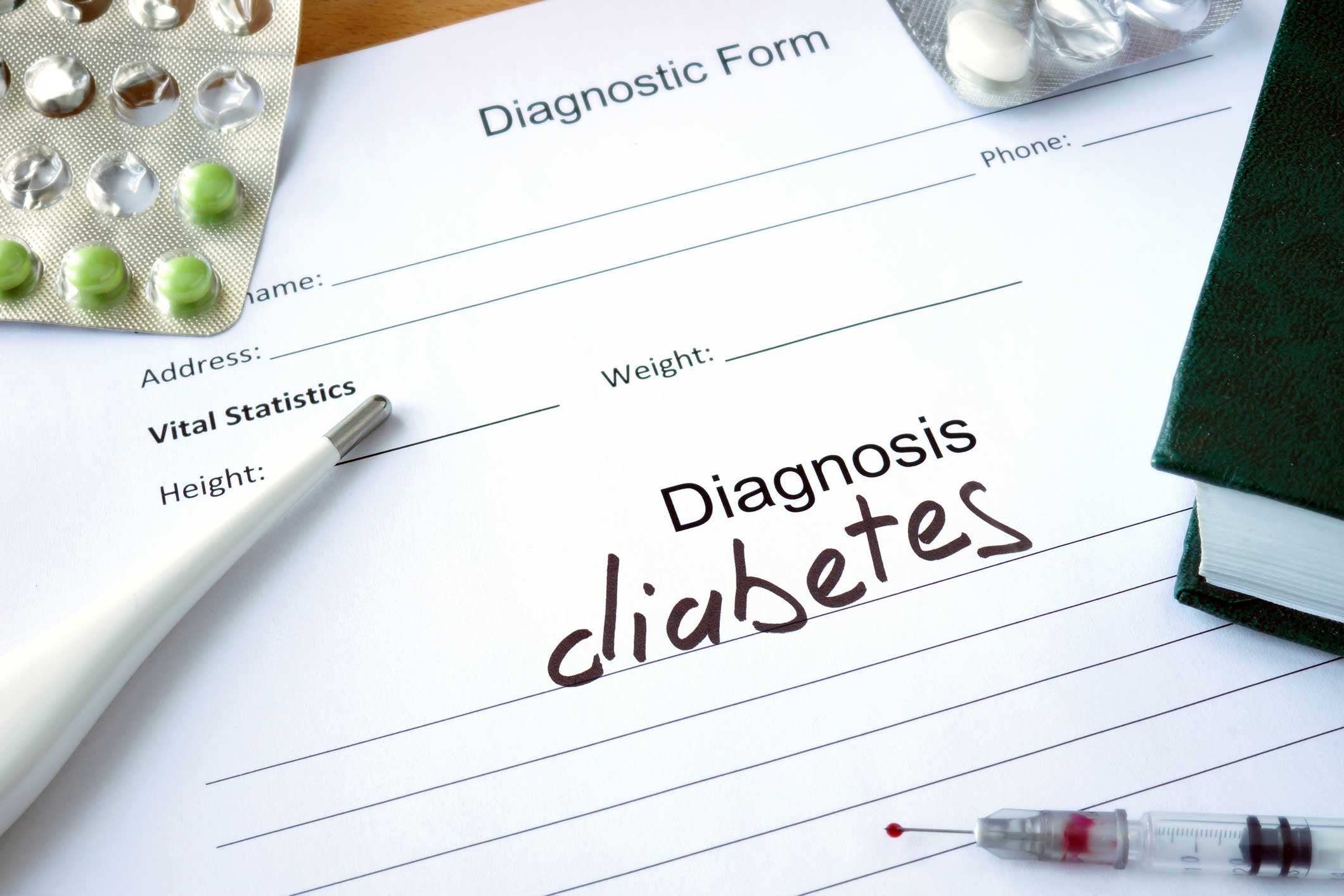If you could find out in one minute if you’re at risk of Type 2 diabetes, would you do it?
Well, you’re seconds away from a seven-question test assembled by the American Diabetes Association. If you’re in an extreme rush on this ADA Alert Day, scroll directly to the bottom of this story.
Maybe you’re already concerned because of a family history of diabetes. Here are some common symptoms of the disease:
- Frequent urination.
- Unusual thirst.
- Feeling hungry, even though you are eating.
- Extreme fatigue.
- Blurred vision.
- Cuts and bruises slow to heal.
- Weight loss, despite eating more (Type 1).
- Tingling, pain or numbness in the hands and feet (Type 2).
How Bariatric Surgery Can Control Diabetes (Read more here.)
The National Diabetes Statistic Report, released last year by the Centers for Disease Control and Prevention, provides numerical insight into the disease that restricts the body’s production of, or response to, the hormone insulin.
Number of people in the United States with diabetes: 30.3 million (9.4 percent of the population).
Number of people in the United States with prediabetes: 84.1 million.
Number of U.S. adults aged 18 years or older with diabetes: 30.2 million.
Percentage of adults aged 65 or older who have diabetes: 25.2.
Percentage of people with diabetes who have Type 1 diabetes: 5.
Highest prevalence of diagnosed men (18 or older): American Indians/Alaska Natives (14.9 percent).
Highest prevalence of diagnosed women (18 or older): American Indians/Alaska Natives (15.3 percent).
Percentage of adults with less than a high school education diagnosed with diabetes: 12.6 percent.
Percentage of adults with a high school education diagnosed with diabetes: 9.5 percent percent.
Percentage of adults with more than a high school education diagnosed with diabetes: 7.2 percent percent.
Number of new cases diagnosed in 2015: 1.5 million (more than half in adults aged 45 to 64).
Risk factors: Overweight and Obesity (87.5 percent had diabetes), high blood pressure (73.6 percent), high cholesterol (58.2), physical inactivity (40.8 percent), smoking (15.9 percent), high blood glucose (15.6 percent).
Cause of death: Diabetes was the seventh-leading cause of death in the United States in 2015.
Diabetics must avoid foods with a high glycemic index, which rates the way carbohydrates raises blood sugar levels after eating. But exercise is equally important.
“Exercise does two really important things for patients with diabetes,” says Dr. Beth Taylor, director of Exercise Physiology Research at Hartford Hospital, “The first is that it mobilizes a pool of glucose receptors that are insulin independent. These receptors then facilitate glucose uptake into cells, which lower blood glucose.”
Now, the test. . . .
If it appears you are at risk, talk to you primary care physician. Or contact Hartford Hospital’s Diabetes LifeCare or click here for more general information from Hartford HealthCare on diabetes and endocrinology.



